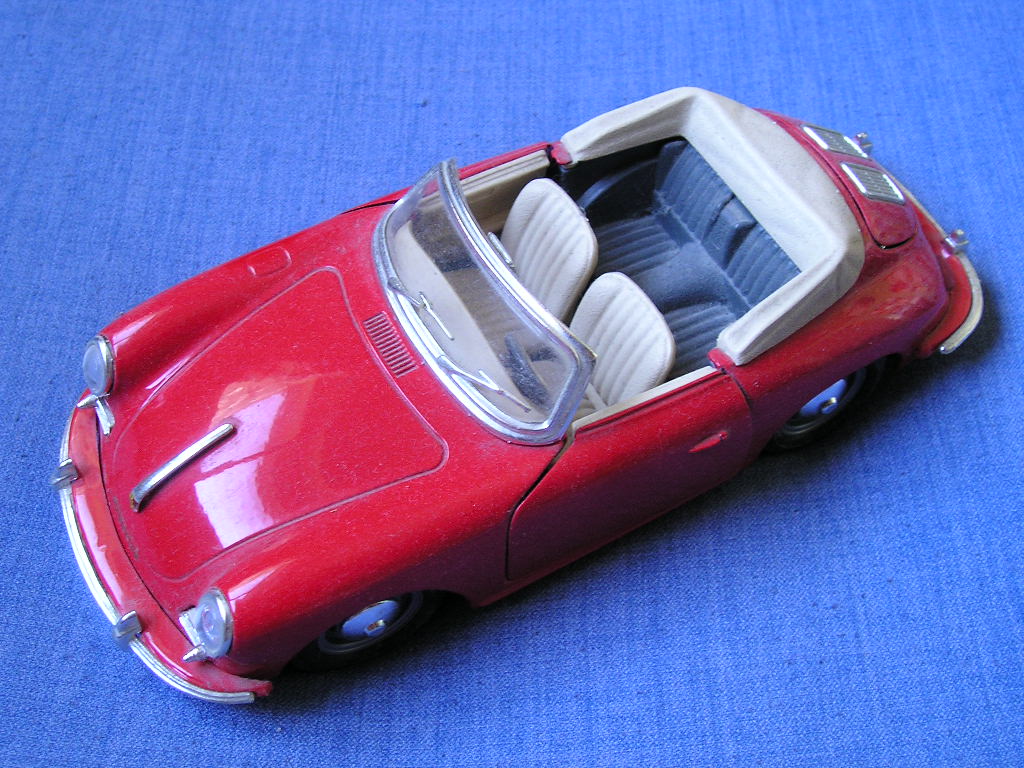“Don’t be penny wise and pound foolish.”
This old nugget of wisdom remains relevant today with many people feeling frustrated that even with a decent income, it seems so difficult to save as much as we’d like for retirement and our other financial goals. Rather than worrying about the pennies, I think investors who want to increase their saving are best served by focusing on their two biggest expenses: their home and cars.
Although not a great investment, a home is generally an appreciating asset and offers some valuable tax deductions. It is possible to have too much home and be house rich and cash poor, but our focus is better first directed on car expenses. I love cars, as do most Americans. A car represents freedom, and as a kid, I couldn’t wait to learn to drive. I took my drivers permit test right on the day of my 16th birthday. We view our cars as a representation of our self, our status, and our importance. Yes, even Financial Advisors are guilty of this irrational vanity! (Or is it insecurity?)
Unfortunately, a car is a depreciating asset and often our biggest expense outside of our home. New car prices seem to have outpaced wage growth, and everyone always wants the latest and greatest. We have to set priorities for how we use our income, and any money we spend on a car is gone. You won’t get it back, it’s just flushed away. That’s money we can’t invest and can’t use to create our future independence and income. If you want to have more of your money working for you, it pays to be smart about your cars. Here are five ways to keep your automotive expenses down.
1) Keep what you have. Cars greatest depreciation is in their first 3-5 years, so if you can keep your car longer, your annual costs will be lower. The more frequently you replace your cars, the more expensive it will be. That’s the number one thing you can do: keep your vehicles 7-12 years. The more often you sell one car and buy another, the higher your costs over time.
2) Don’t fear the occasional repair. Today’s cars are more dependable and long-lasting than ever. Psychologically, people hate repairs, since they seem to always occur at the most inopportune moments. Many people would rather spend $500 a month on a new car payment rather than risk having $1,000 to $2,000 a year in maintenance and unplanned repairs. Does it make sense to spend $6,000 a year to avoid spending $2,000? Probably not, but this is what you are doing if you think that you must sell a car as soon as it is past its warranty.
It’s true, it feels much worse to spend $2,000 on an unplanned repair than to spend the same amount in scheduled car payments. In behavioral finance, this is called “prospect theory”, where people feel the impact of a loss much more severely than the benefit of an equivalent gain. Unfortunately, this can lead to less than ideal decisions, such as buying a $40,000 car because we’re upset over a $400 repair.
If a car is in relatively good shape, it will most likely be cheaper to keep a car with 100,000 miles on the road, rather than replacing it with a new car.
3) Pay cash for your cars. Most people don’t want to spend $60,000 on a new car, even though we all want that $60,000 car. I’d like to first point out the opportunity cost here. At a hypothetical 8% rate of return, spending $60,000 today on a car means not having $120,000 in 9 years, $240,00 in 18 years, or $480,000 in 27 years. That’s a steep price for a car. Which would you rather have, a new car today or potentially an additional $480,000 at retirement?
The strategy of paying cash for cars isn’t just about saving on interest payments; it’s about changing your behavior. Paying cash will force you to spend less, to look at used cars, and to keep your current car longer. Too often, I hear people brag that they got a new car and kept their payment the same. So what! Your current payment was going to end – all you’ve done is keep yourself in debt for another 5 or more years.
If you currently have a car payment, once your payments end, set aside that monthly amount in a savings account for your next car. Paying cash forces you to delay buying a new car. Otherwise, it’s very easy to take a loan for a new vehicle and then rationalize why you “needed” a new car.
4) Save money on maintenance. If you’re handy with tools, you can save a lot of money by doing some routine maintenance yourself. My dealership wanted $499 for a 30,000 mile service consisting of an oil change, tire rotation, brake fluid change, and replacement of two air filters. I did the work myself and spent less than $70 on materials. Oil changes are cheap, so you can’t save much there, but you can save a lot if you learn to replace your brakes.
Don’t try to save money by skipping preventative maintenance. Make sure you change all fluids on the factory recommended schedule. Even if you do some work yourself, I’d also suggest developing a good relationship with an independent mechanic who you trust to give you honest advice.
5) Know when to buy new, buy used, or lease. The price of used cars has skyrocketed in recent years. It used to be that a 1-year old car had lost 20% or more of its value. Today, that can be under 10% for some popular makes and models. This increased residual value has changed some of the old rules about car buying. A gently used 2-3 year old car is, in many cases, not the bargain that it was 10 years ago. In those situations where resale value is very high, you might actually consider buying new. This will improve your future resale value, keep you under warranty longer, and possibly offer better terms on any financing. If you’re planning to keep the car for a long time (7-12 years), starting with a new car can be a good decision.
Buying used cars used to be an easy way to save 30% or more. There are still some good deals on used cars, but consider dependability, any remaining factory warranty, and the cost of maintenance on used vehicles. If you get bored with vehicles after a couple of years, used cars will have less depreciation than buying new.
Leasing is more expensive than keeping your cars for as long as I’d suggest. However, it is still a good alternative to buying a new car every three years, provided you drive fewer miles than stipulated in your lease agreement (often 10,000 or 12,000 miles per year). For models with high residual values, lease rates have stayed low.
Manage your car depreciation like you would any other liability. At the end of the day, a car is just a way to get from point A to point B. It doesn’t define us, who we are, or what our value is to our family or society. If you have other priorities like retiring early, buying a vacation home, or making your first million (or your second or third million), recognize when your car buying is not helping you get closer to achieving your more important goals.








1 Comment
Comments are closed.